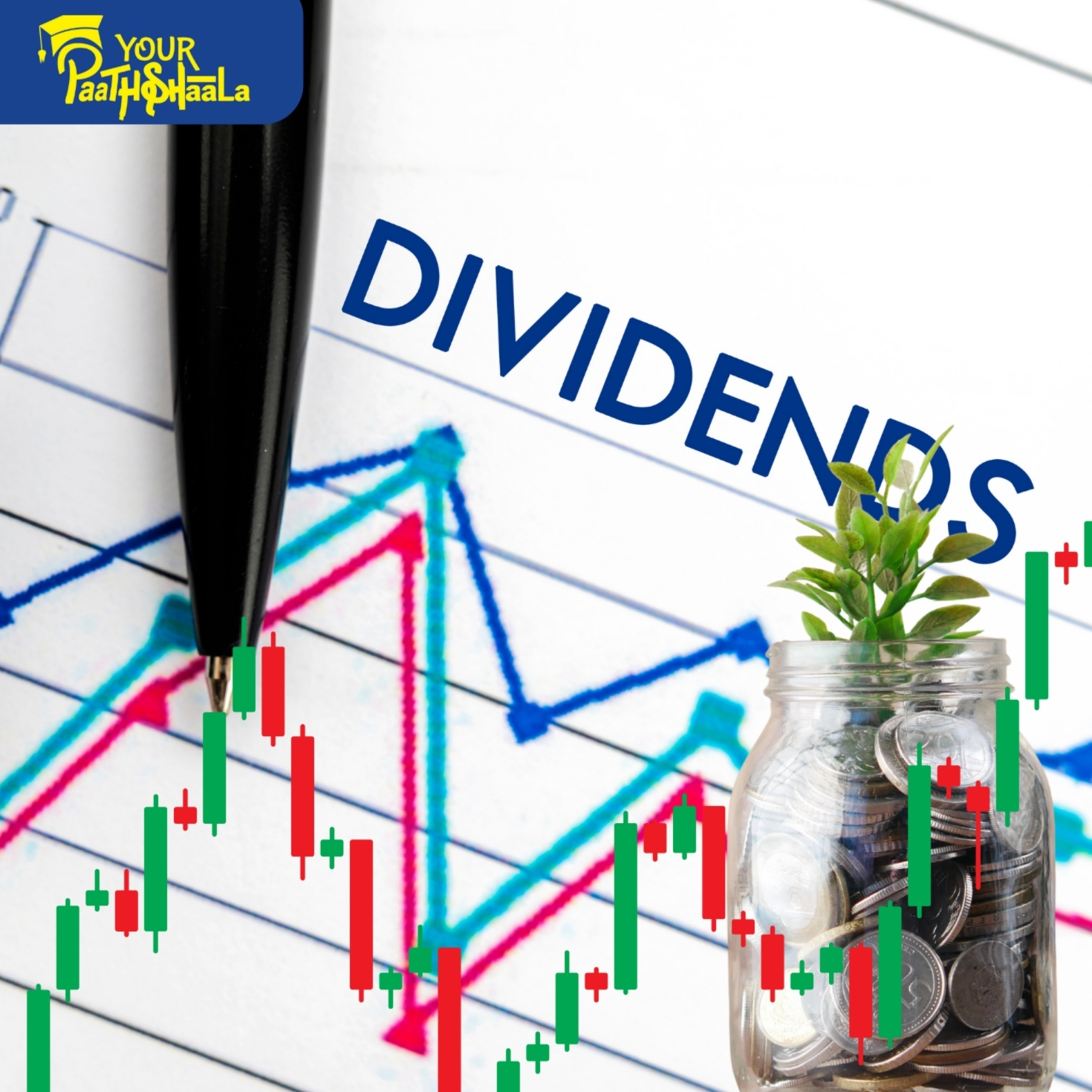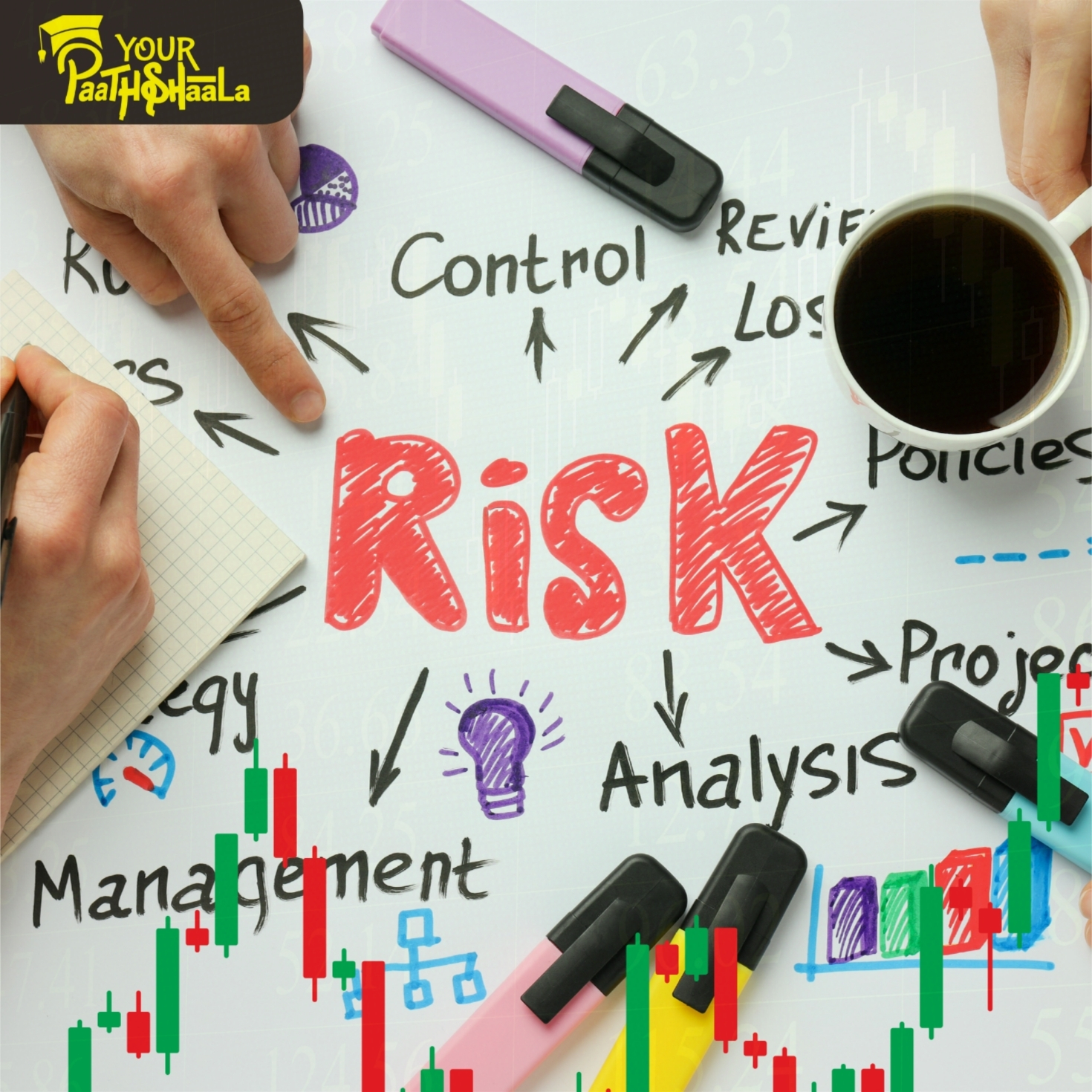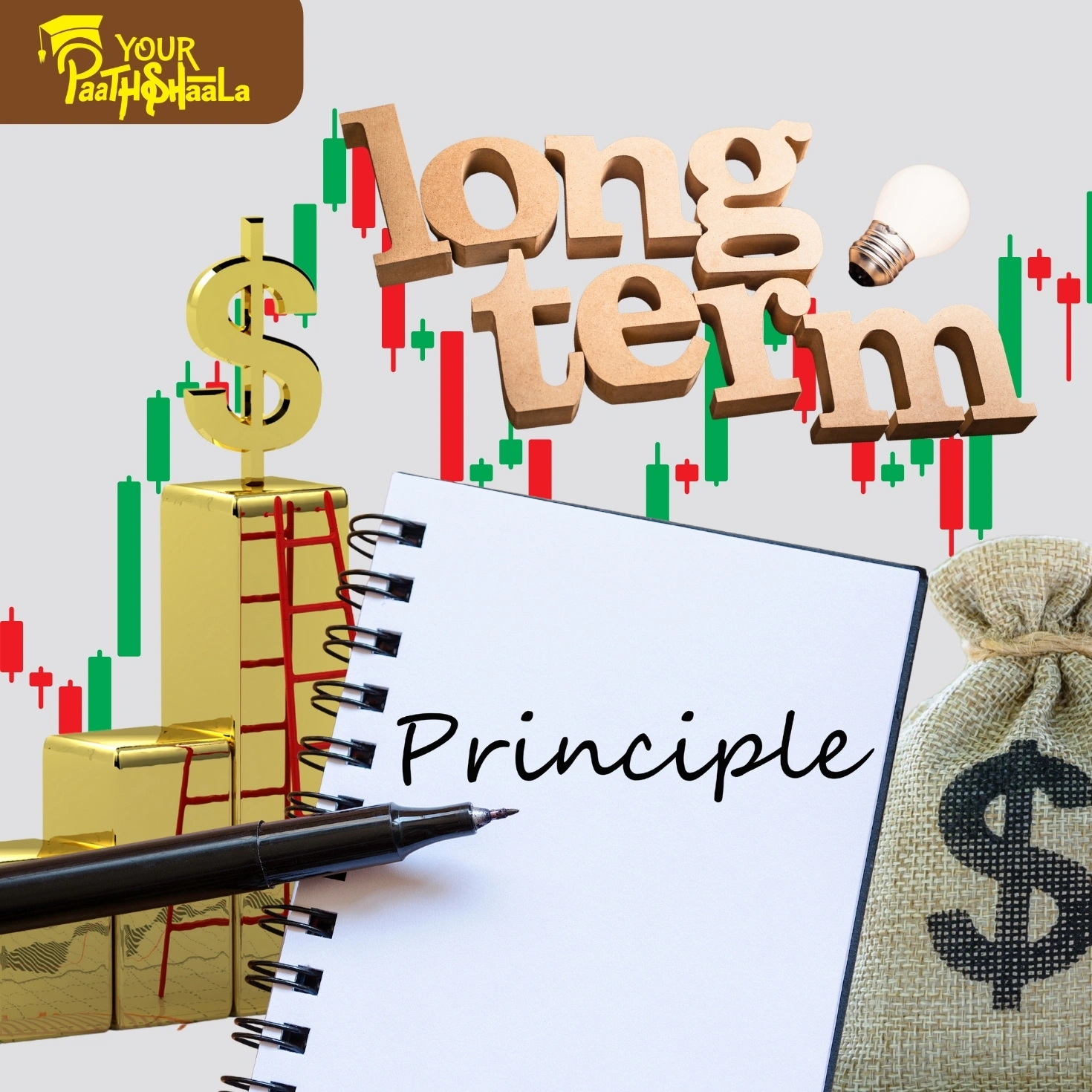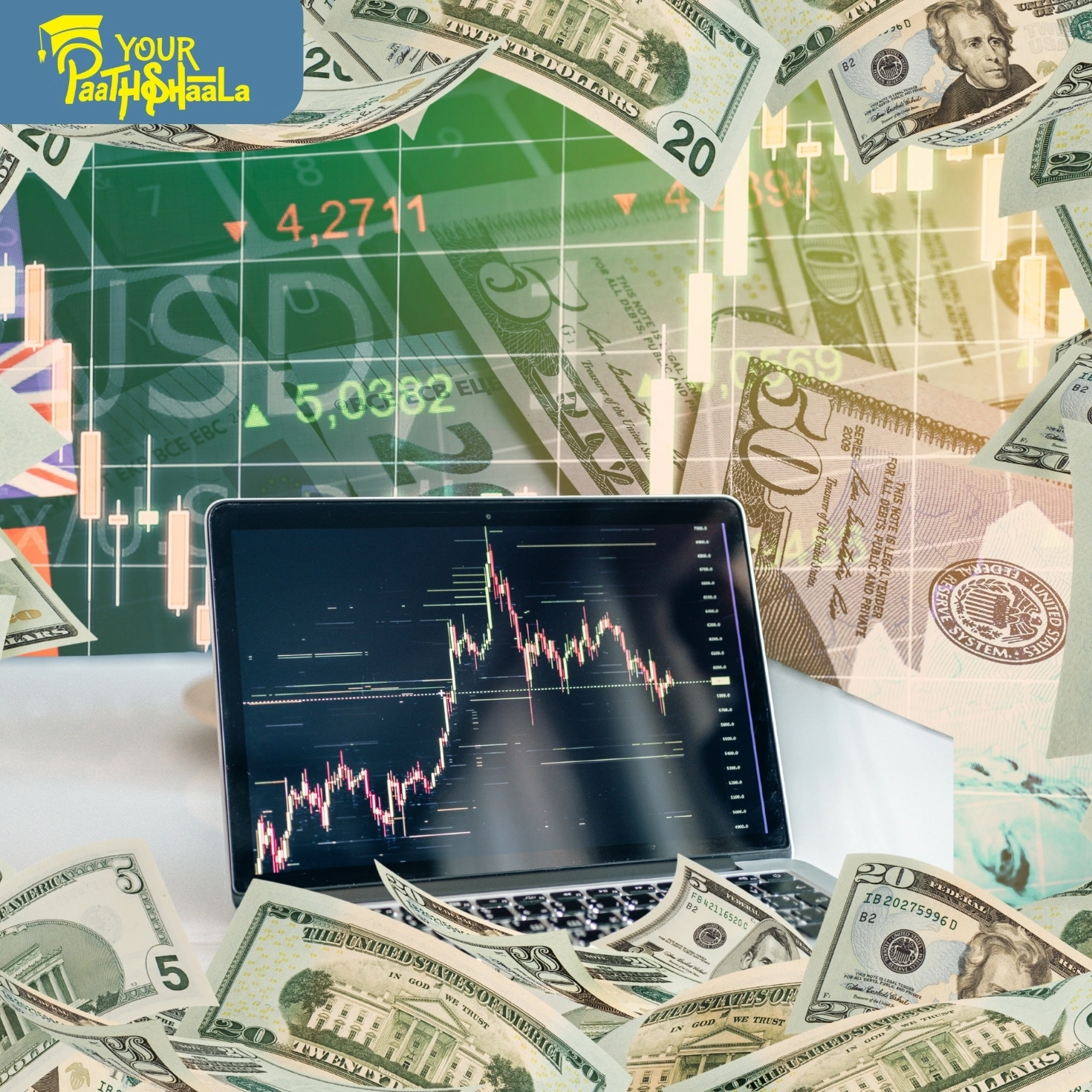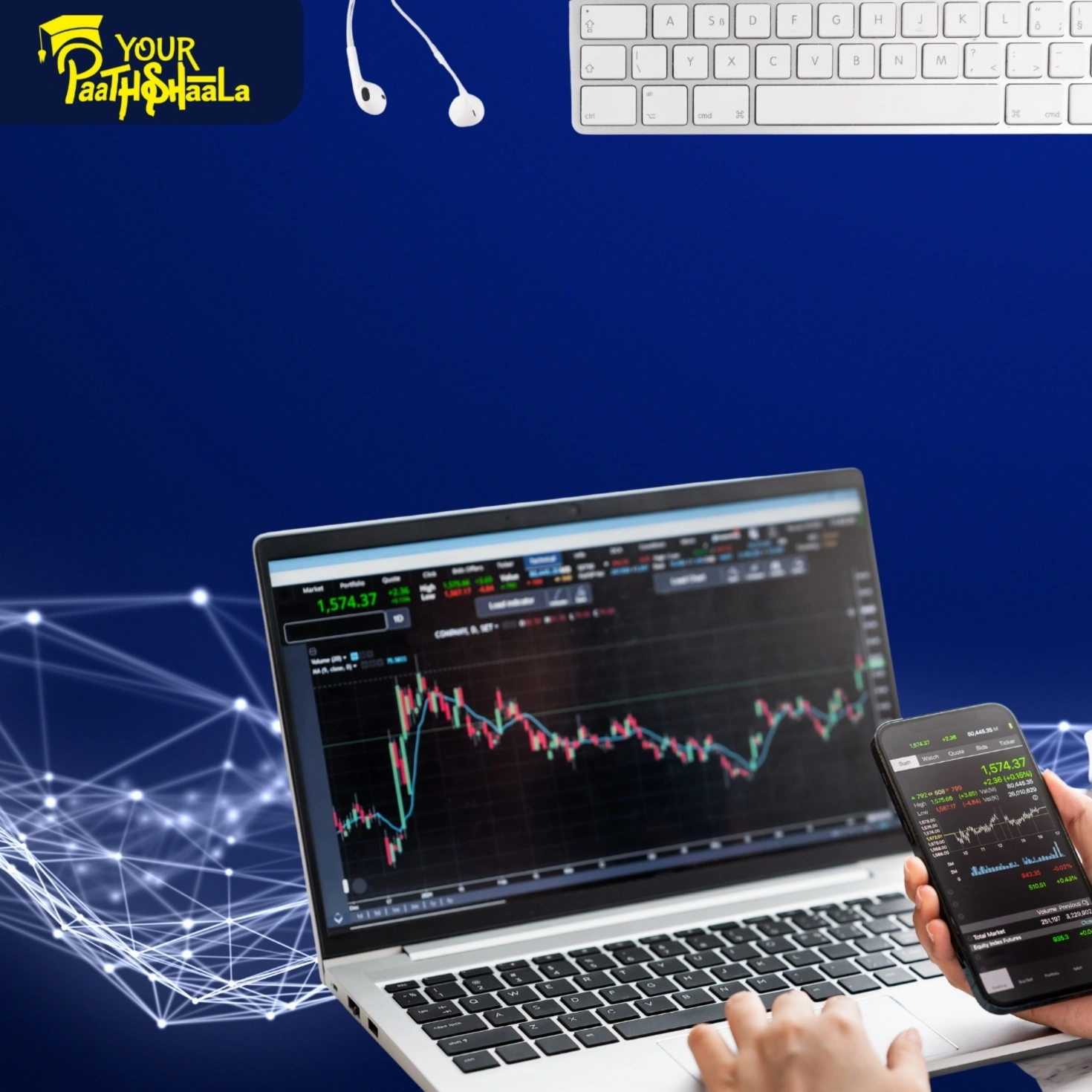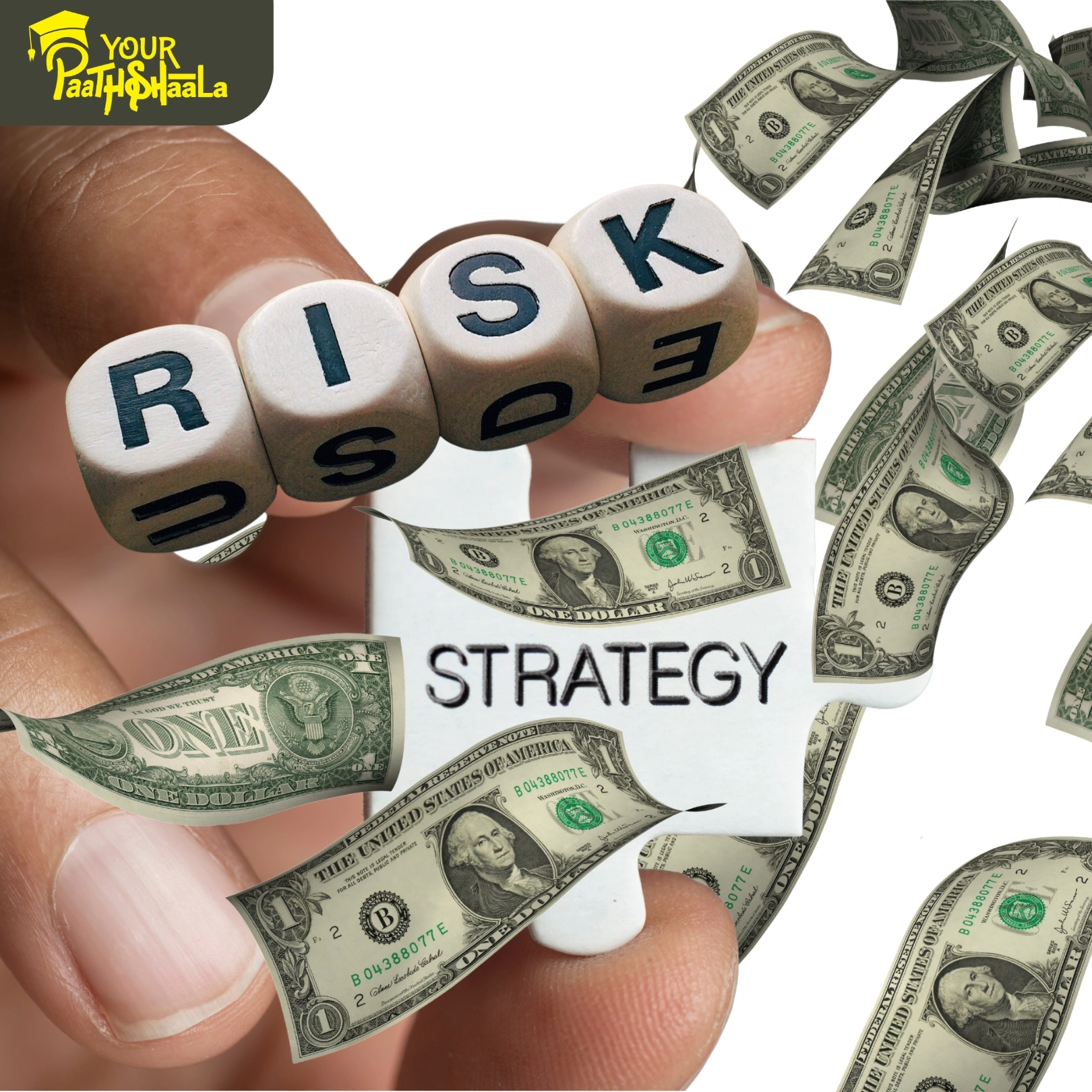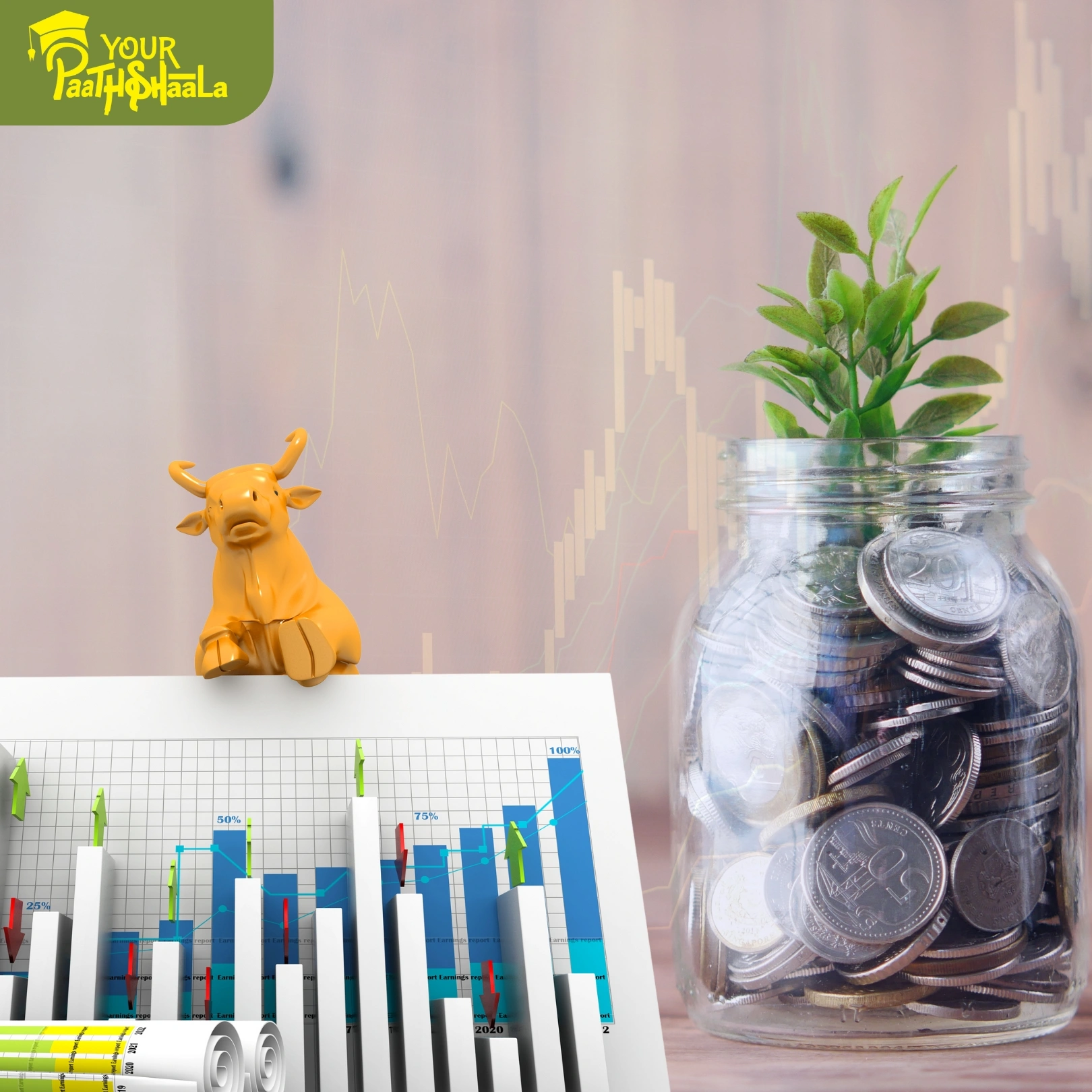Crypto Integration Strategies: Building Robust Portfolios in 2025
As cryptocurrency markets mature, professional investors are increasingly incorporating crypto assets into diversified portfolios. As of August 4, 2025, strategies like structured risk frameworks, strategic allocation, volatility overlays, and institutional-grade custody solutions enable investors to balance the high potential of crypto with traditional portfolio stability. This 2000-word guide explores these sophisticated approaches, offering actionable insights for beginners and seasoned investors. By integrating crypto strategically, you can enhance returns while managing risks in a volatile market. Ready to explore how crypto fits into a modern portfolio? Let’s dive into crypto integration strategies.
What Are Crypto Integration Strategies?
Crypto integration strategies involve incorporating digital assets like Bitcoin, Ethereum, or stablecoins into investment portfolios using disciplined, risk-focused methods. Unlike speculative crypto trading, these strategies treat crypto as a diversified asset class, analyzing its correlations with stocks, bonds, and commodities to optimize returns and manage volatility. With institutional adoption rising—global crypto market cap reached $2.5 trillion in 2024, per CoinMarketCap—these strategies combine advanced risk management and secure custody to align crypto with traditional investing principles, making them essential for 2025’s dynamic markets.
Key Strategies in Crypto Integration
To succeed in crypto integration, focus on four key strategies: structured risk frameworks, strategic allocation with correlation analysis, volatility overlays, and institutional-grade custody solutions. Below, we explore each in detail.
1. Structured Risk Frameworks: Disciplined Crypto Investing
Structured risk frameworks apply professional risk management principles to crypto, treating it as a high-volatility asset class within a diversified portfolio. By setting risk limits and stress-testing scenarios, investors can mitigate crypto’s price swings. For example, capping crypto exposure at 5% of a portfolio reduces downside risk while capturing upside potential.
How to Implement Structured Risk Frameworks
Define risk tolerance using metrics like Value at Risk (VaR) or maximum drawdown.
Use portfolio management tools like Riskalyze to integrate crypto with traditional assets.
Stress-test portfolios against crypto market crashes, like the 2022 bear market.
Diversify across crypto (e.g., BTC, ETH) and traditional assets (SPY, BND) to balance risk.
Structured frameworks provide discipline but require constant monitoring due to crypto’s volatility, so use robust analytics.
2. Strategic Allocation with Correlation Analysis
Strategic allocation involves analyzing correlations between crypto and traditional assets to maintain portfolio balance. For instance, Bitcoin often correlates with tech stocks during bull markets but acts as a hedge during equity downturns. By allocating crypto alongside stocks, bonds, and commodities, investors can optimize risk-adjusted returns.
How to Execute Strategic Allocation
Analyze correlations using tools like Bloomberg Terminal or CoinMetrics.
Allocate crypto via ETFs like BITO (ProShares Bitcoin Strategy ETF) for regulated exposure.
Adjust allocations based on market cycles, increasing crypto in low-correlation periods.
Diversify across crypto assets (e.g., stablecoins, altcoins) and traditional ETFs to reduce risk.
Correlation analysis enhances balance but faces challenges from crypto’s unpredictable correlations, so validate with historical data.
3. Volatility Overlays: Smoothing Performance
Volatility overlays use derivatives or dynamic adjustments to manage crypto’s extreme price swings, ensuring smoother portfolio performance across market cycles. For example, using options to hedge Bitcoin exposure or reducing crypto allocation during high-volatility periods (e.g., VIX > 20) can stabilize returns.
How to Apply Volatility Overlays
Use options strategies like protective puts on crypto ETFs (e.g., BITO) to limit downside.
Monitor volatility metrics like Bollinger Bands or implied volatility via TradingView.
Dynamically adjust crypto exposure using automated platforms like Interactive Brokers.
Diversify hedges across crypto and traditional assets to manage systemic risks.
Volatility overlays reduce risk but incur costs and require expertise, so balance hedging with potential returns.
4. Institutional-Grade Custody Solutions: Safeguarding Investments
Institutional-grade custody solutions, like those offered by Coinbase Custody or Fidelity Digital Assets, provide secure storage for crypto assets, protecting against hacks or loss. These solutions include cold storage, multi-signature wallets, and insurance, ensuring safety for high-value portfolios. In 2024, $3 billion in crypto was lost to hacks, per Chainalysis, underscoring the need for robust custody.
How to Use Institutional Custody
Select regulated custodians like Gemini Custody or BitGo for secure storage.
Verify custody solutions include insurance and audited security protocols.
Integrate custody with portfolio platforms for seamless management.
Diversify storage across multiple custodians to reduce single-point risks.
Custody solutions enhance security but involve fees and require trusted providers, so research thoroughly.
Risks and Challenges in Crypto Integration
Crypto integration offers high potential but comes with challenges:
Volatility: Crypto prices can swing 10-20% daily, impacting portfolio stability.
Regulatory Risks: Evolving global regulations may affect crypto markets or custody.
Security Risks: Hacks or custody failures can lead to significant losses.
Correlation Shifts: Crypto’s changing correlations with traditional assets complicate allocation.
To mitigate risks, diversify across assets, use regulated platforms, and monitor regulatory developments. Professional guidance can optimize integration.
Tools and Resources for Crypto Integration
To excel in crypto integration, leverage these tools:
Crypto Data Platforms: Use CoinMarketCap, CoinGecko, or Glassnode for market insights.
Portfolio Tools: Integrate crypto with Riskalyze or Portfolio Visualizer for risk analysis.
Custody Solutions: Access secure storage via Coinbase Custody or Fidelity Digital Assets.
Educational Resources: YourPaathshaala offers courses on crypto portfolio strategies.
These tools, combined with disciplined research, can enhance your crypto integration strategy.
Why Crypto Integration Matters in 2025
As of August 4, 2025, crypto integration is critical amid growing institutional adoption. Global crypto assets under management reached $100 billion in 2024, per PwC, driven by ETF approvals and corporate adoption. Volatility remains high, with Bitcoin’s 30-day volatility at 40%, per CoinMetrics, requiring sophisticated risk management. Regulatory clarity, like the U.S. SEC’s 2024 crypto guidelines, supports institutional custody. These trends make crypto integration a vital strategy for modern portfolios seeking growth and diversification.
Getting Started with Crypto Integration
Ready to incorporate crypto into your portfolio? Follow these steps:
- Learn Crypto Basics: Study digital assets, correlations, and risk management.
- Choose a Platform: Select a broker or custodian offering crypto ETFs and secure storage.
- Start Small: Test crypto integration with a small allocation (e.g., 5% of portfolio).
- Diversify: Spread investments across crypto, stocks, bonds, and commodities.
- Seek Education: Enroll in courses at YourPaathshaala, located near Anjali Children Hospital, Tagore Nagar, Mathpurena, Raipur, Chhattisgarh, PIN code: 492001.
Conclusion
Crypto integration strategies—through structured risk frameworks, strategic allocation, volatility overlays, and institutional-grade custody—offer a disciplined way to incorporate digital assets into modern portfolios in 2025. These approaches balance crypto’s high potential with robust risk management, navigating volatility and regulatory shifts. Despite challenges like security risks or correlation uncertainties, diversified strategies and reliable tools can lead to success. Explore how crypto fits into your portfolio with YourPaathshaala’s expert guidance.
Visit YourPaathshaala
Near 🏥 Anjali Children Hospital, Tagore Nagar, Mathpurena, Raipur.
📫 PIN code: 492001, Chhattisgarh
📞 Click the Call Now to contact us!
Take your financial knowledge to the next level with YourPaathshaala—your trusted partner for investment education and market insight.


